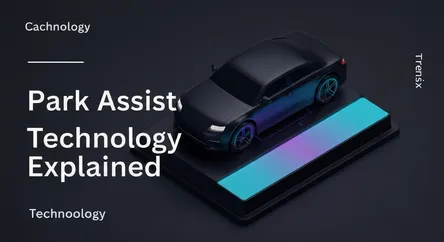Technology
Park Assist Technology Explained

Explore Park Assist, the technology that automatically steers your car into tight spots, making difficult parking maneuvers a thing of the past.
What is it?
Park Assist is an advanced driver-assistance system (ADAS) designed to make parking easier and safer. Using a network of ultrasonic sensors and cameras, the system can identify a suitable parking space, whether parallel or perpendicular. Once activated, it takes control of the steering to maneuver the vehicle into the spot. Early versions required the driver to control the accelerator and brakes, but modern systems can manage the entire process, including gear changes and speed, making it a semi-autonomous feature. The goal is to perform perfect parking maneuvers every time, eliminating human error.
Why is it trending?
Park Assist is trending as part of the broader push towards vehicle automation and enhanced convenience. As cities become more congested and parking spaces shrink, drivers are seeking solutions to reduce the stress of urban driving. Automakers are competing to offer more sophisticated ADAS features, and Park Assist has become a popular selling point, trickling down from luxury models to more mainstream vehicles. Continuous improvements in sensor technology and software algorithms are making these systems more reliable and capable, fueling consumer interest and adoption.
How does it affect people?
This technology directly impacts drivers by boosting confidence and reducing anxiety, particularly for those who find parallel parking challenging. It significantly lowers the risk of minor bumps, scrapes, and collisions that often occur in tight parking lots, potentially saving owners money on repairs. For individuals with limited mobility or depth perception challenges, Park Assist is a valuable accessibility feature. By simplifying one of the most stressful parts of driving, it enhances overall vehicle safety and user experience, making urban navigation more manageable for everyone.